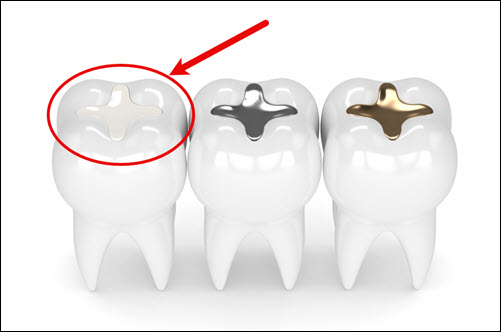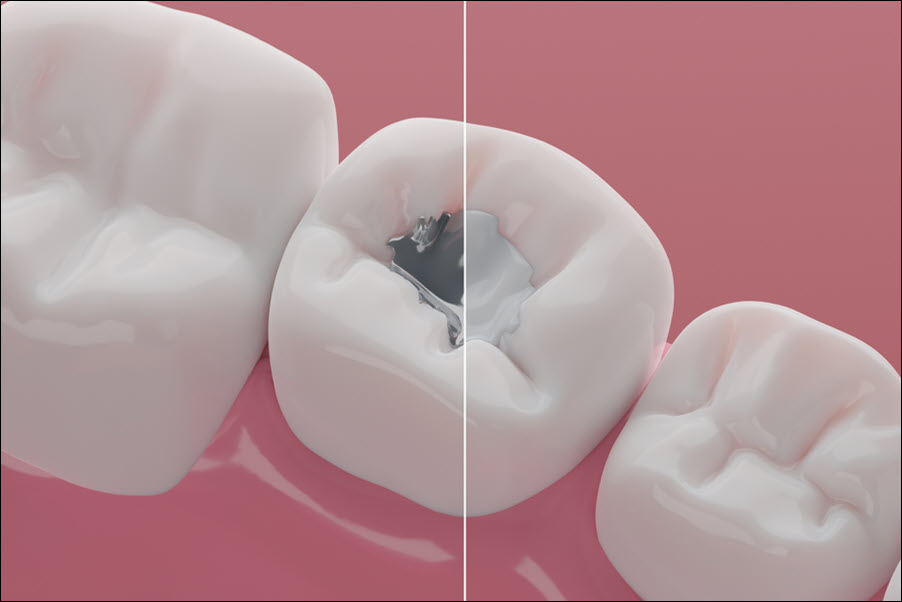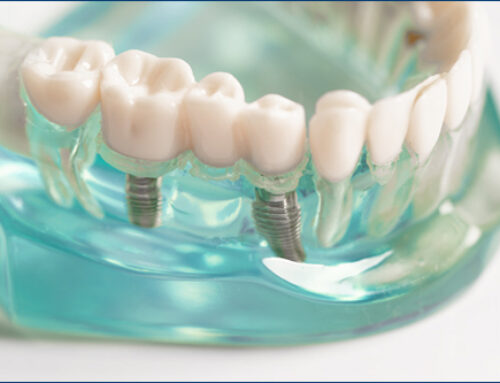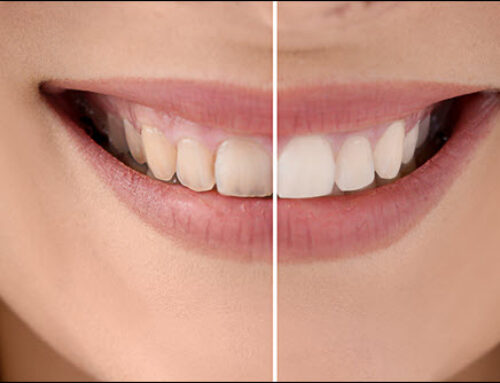Composite dental fillings repair cavities and restore damaged teeth. Dentists use a tooth-colored resin made of plastic and glass. They bond directly to the tooth, creating a strong and natural-looking finish. Likewise, they blend with the natural tooth color, improving appearance and function. Unlike metal fillings, composite fillings require less tooth removal and provide better support. They work well for both front and back teeth, resist fractures and wear better than traditional fillings. Understanding the benefits and procedure of composite dental fillings ensures a healthier smile. Let’s explore why they are a popular choice for tooth restoration.
What Are Composite Dental Fillings?
Composite fillings are made from a mixture of resin and finely ground glass. Dentists use them to repair cavities, chips, and cracks. Composite material bonds directly to the tooth, strengthening the structure. The resin is color-matched to the natural tooth, creating a seamless look. The fillings require minimal tooth removal, preserving more of the natural tooth. They harden quickly using a special curing light. Composite material resists wear and pressure from chewing, and dentists can use composite fillings to repair both front and back teeth. The material’s flexibility reduces the risk of tooth fractures. They provide a strong, natural-looking solution for damaged teeth.
Benefits of Composite Dental Fillings
 They blend with natural teeth, creating a more attractive smile. The resin material bonds directly to the tooth, increasing strength and stability. Unlike metal fillings, composite material expands and contracts with the tooth, reducing fracture risk. This type of filling requires less drilling, preserving more of the healthy tooth structure. The resin resists staining and wear from chewing. Composite fillings provide a smooth, natural texture that feels like real teeth. Improved bonding strength reduces sensitivity and discomfort. Composite material repairs chips, cracks, and cavities with minimal damage to the tooth. Better appearance and strength make them an ideal choice.
They blend with natural teeth, creating a more attractive smile. The resin material bonds directly to the tooth, increasing strength and stability. Unlike metal fillings, composite material expands and contracts with the tooth, reducing fracture risk. This type of filling requires less drilling, preserving more of the healthy tooth structure. The resin resists staining and wear from chewing. Composite fillings provide a smooth, natural texture that feels like real teeth. Improved bonding strength reduces sensitivity and discomfort. Composite material repairs chips, cracks, and cavities with minimal damage to the tooth. Better appearance and strength make them an ideal choice.
The Procedure
Dentists start by numbing the tooth and surrounding area. They remove the decayed portion using a dental drill or laser. The tooth is cleaned and dried to prepare for bonding. The dentist applies a conditioning gel to improve adhesion. Composite resin is applied in layers and shaped to match the natural tooth. A special curing light hardens each layer. The dentist polishes the filling to create a smooth surface. The entire process takes 30 to 60 minutes depending on the size of the filling. Patients can eat and drink shortly after the procedure. Proper care improves filling longevity and tooth health.
Longevity and Care
Composite fillings last between 5 to 10 years or longer with proper care. Brushing and flossing daily prevent plaque buildup around the filling. Avoiding hard and sticky foods reduces the risk of filling damage. Regular dental checkups ensure the filling remains secure and undamaged. Composite dental fillings resist staining but may discolor over time with coffee, tea, or smoking. Dentists can polish or replace stained fillings. Teeth grinding weakens composite material, so wearing a night guard protects the filling. Proper care improves filling strength and appearance. Consistent oral hygiene increases their lifespan and protects overall dental health.
Composite Fillings vs. Other Types of Fillings
Composite fillings blend better with natural teeth than metal (amalgam) fillings. Amalgam fillings contain mercury and expand with temperature changes, increasing fracture risk. Composite ones are mercury-free and safer for overall health. Gold fillings last longer but are more expensive and visible. Composite dental fillings cost more than amalgam but offer better aesthetics and bonding strength. Glass ionomer fillings release fluoride but wear down faster than composite. They provide the best balance of strength, appearance, and flexibility. Their natural look and strong bonding make them ideal for most dental repairs.
Composite dental fillings restore tooth strength and improve appearance. Made from resin and glass, they blend with natural teeth. The bonding process strengthens the tooth and reduces fracture risk. They require less drilling and preserve more natural tooth structure. Proper care increases filling lifespan and protects dental health. They resist wear and staining, providing a durable solution for cavities and damage. Compared to metal fillings, composite offers better aesthetics and flexibility. Investing in composite fillings improves both oral health and smile appearance. Composite fillings provide a strong, natural-looking solution for long-term tooth repair.






